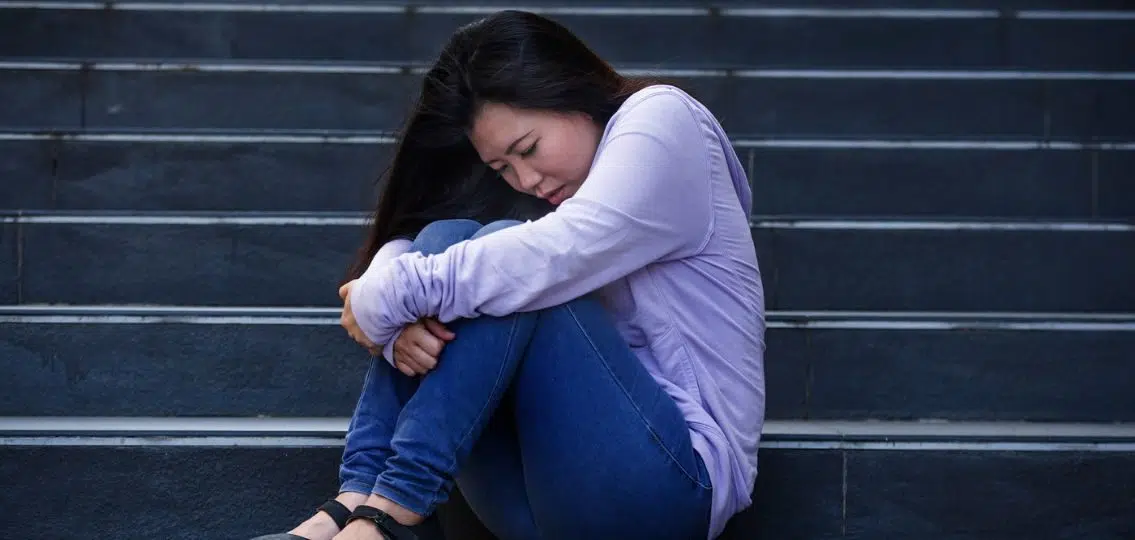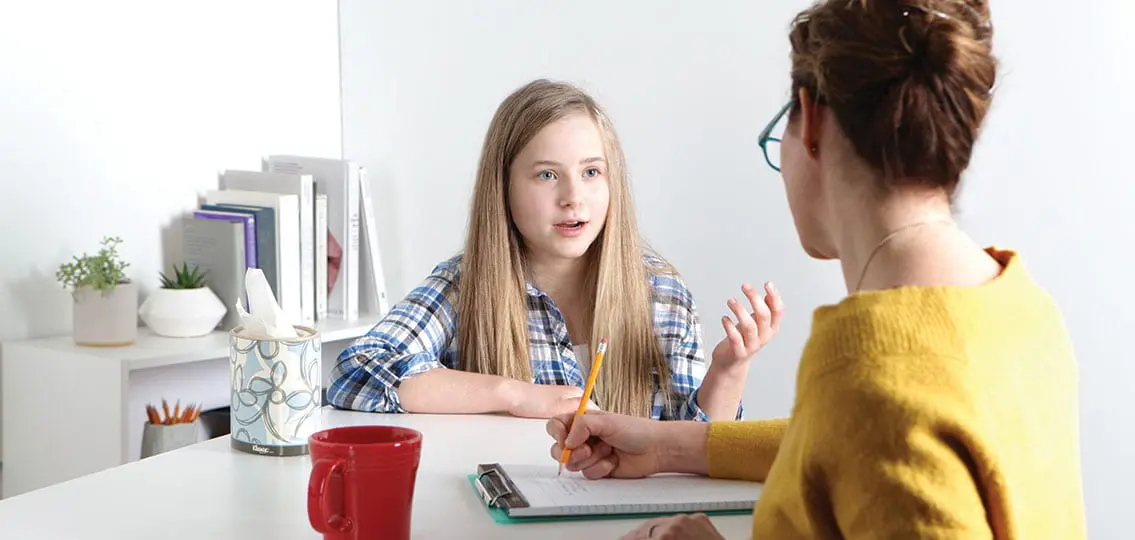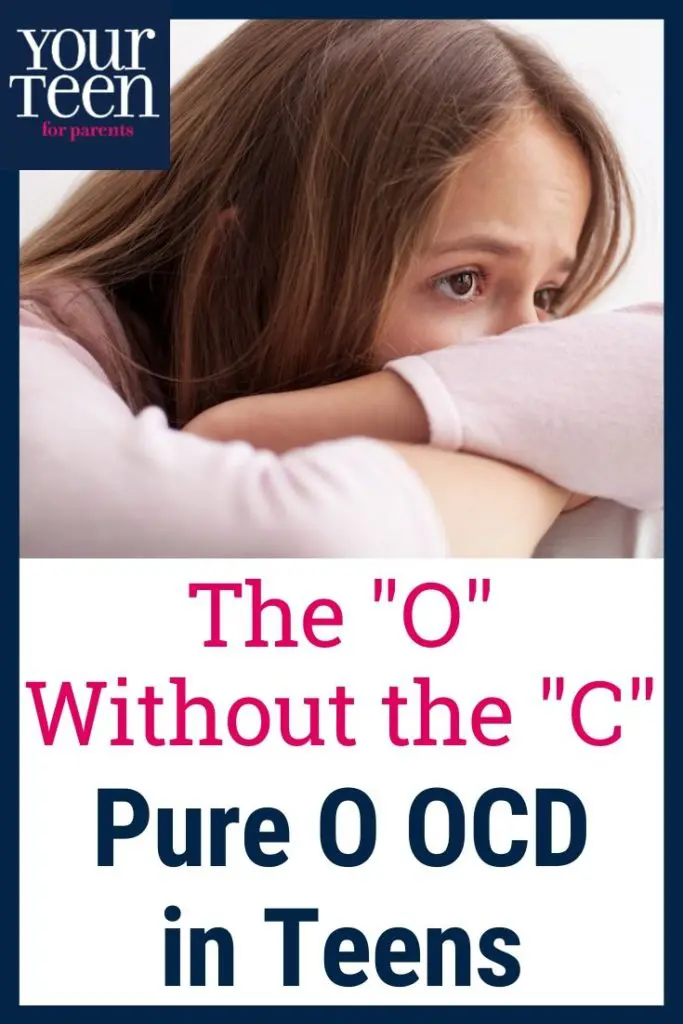What do these three teens have in common?
- Andy, a high school senior, is plagued by the word “suicide.” He’s a popular athlete and doesn’t have a history of depression. Andy doesn’t want to hurt himself, but “can’t get the word out of my head.” Lately, his mood has started to spiral downward and he’s had trouble getting out of bed, interacting with friends and going to school.
- Gabriella is a sophomore, an outstanding student with a loving family. She is troubled by repetitive thoughts and mental images about stabbing her mother with a knife. Gabriella has decided not to share her scary thoughts and has been isolating herself from family members.
- Vicki, also an excellent student, is deeply worried about her sexual orientation. She is concerned that she might be a lesbian, even though she has a boyfriend and feels no attraction to other girls. The worries are so pervasive that they interfere with her schoolwork and friendships.

The answer: All three of these teens suffer from Obsessive-Compulsive Disorder (OCD).
This answer may seem baffling if you believe OCD must involve rituals like handwashing or checking that everything is in its place. While intrusive thoughts and compulsive behaviors often go together, the disorder doesn’t have to include actions at all. There are different types of OCD, and some people—like Andy, Gabriella and Vicki—only have obsessive thoughts.
The Pure O Form of OCD
The Pure O form of OCD (pure obsessional OCD) is not widely known and is especially likely to go unnoticed by family members and even the teenagers themselves. The frequency of these thoughts can vary, from a few times per day to greater than eight hours per day.
Parents and teachers may think the teen seems unfocused and distracted, when in reality the teen is consumed by a repetitive loop of intrusive, uncomfortable thoughts.
When mental images are near-constant, taking up almost every waking hour, the teen is much more likely to spiral into depression or self-medicate with drugs or alcohol.
Mass media portrayals of people with OCD have reinforced the stereotype that they are merely eccentric. Television shows or movies depict people who avoid sidewalk cracks or wash their hands dozens of times per day. In 1990s sitcom Friends, Monica’s OCD, focusing on both neatness and cleanliness, was played for laughs. But OCD is no laughing matter. Those who have it can feel tortured by their obsessions and compulsions and desperately wish to be rid of them.
OCD in teenagers is much more varied and complex than most people realize. Teens may have one set of obsessions and compulsions, like the oft-cited contamination fears accompanied by repeated hand washing. But they are just as likely to have multiple symptoms at once, such as repeated rituals, superstitious behavior or an aversion to certain words, sounds, or colors. And the content of the thoughts and actions can change over time, as new rituals replace old ones.
OCD affects one to three percent of the adult US population and roughly one out of 200 children and teens, according to the World Health Organization. Since those with Pure O OCD may be the hardest to diagnose, these situations can also be the most problematic. The obsessive thoughts can be innocuous—like repetitive counting—but often they are more disturbing, such as sexual, religious, or violent thoughts.
The good news is that teens with this kind of OCD are not likely to act on their obsessions. In fact, they go to great lengths to avoid them. Case in point: Gabriella asked her father to hide all the knives in their home. This piqued her parents’ curiosity, and prompted Gabriella to confess her disturbing thoughts.
Tips for Parents of Teens with OCD
The first step towards treatment is to identify the problem. Because OCD can mimic other psychiatric disorders, like Attention-Deficit Hyperactivity Disorder (ADHD) or depression, it can be difficult to recognize.
Parents should watch for changes in their teen’s usual behaviors, such as social withdrawal or isolation from the family, poor concentration leading to worsening performance in school, or unusual requests like Gabriella’s.
Be sure to stay engaged with your teen. Ask if anything has been troubling them lately. Let them know that you are available to listen in a nonjudgmental manner. And avoid giving too much reassurance. This can allay fears in the short term but intensify them in the long term if the symptoms fail to recede.
The good news is that there are professional treatments for teen OCD. Gabriella, Andy and Vicki all participated in the gold standard therapy called Exposure and Response Prevention (ERP). This is a kind of cognitive behavioral therapy that helps patients face their fears in structured, incremental steps. Another important part of treatment is taking selective-serotonin reuptake inhibitor (SSRI) antidepressants such as Prozac, Zoloft, and Lexapro.

With Pure O OCD, as with other psychiatric disorders, the key is parental awareness. Knowing about these potentially debilitating thoughts, and what they mean, is the first step towards getting the professional help your child needs.





